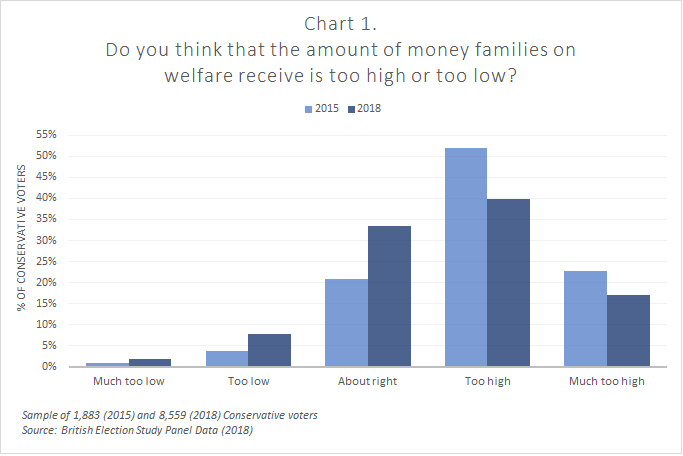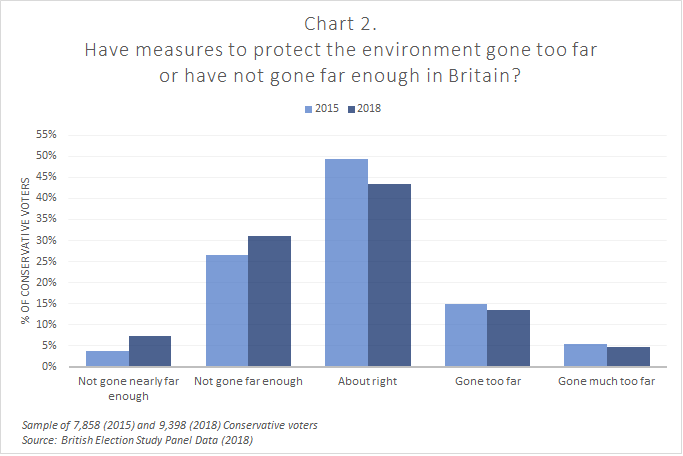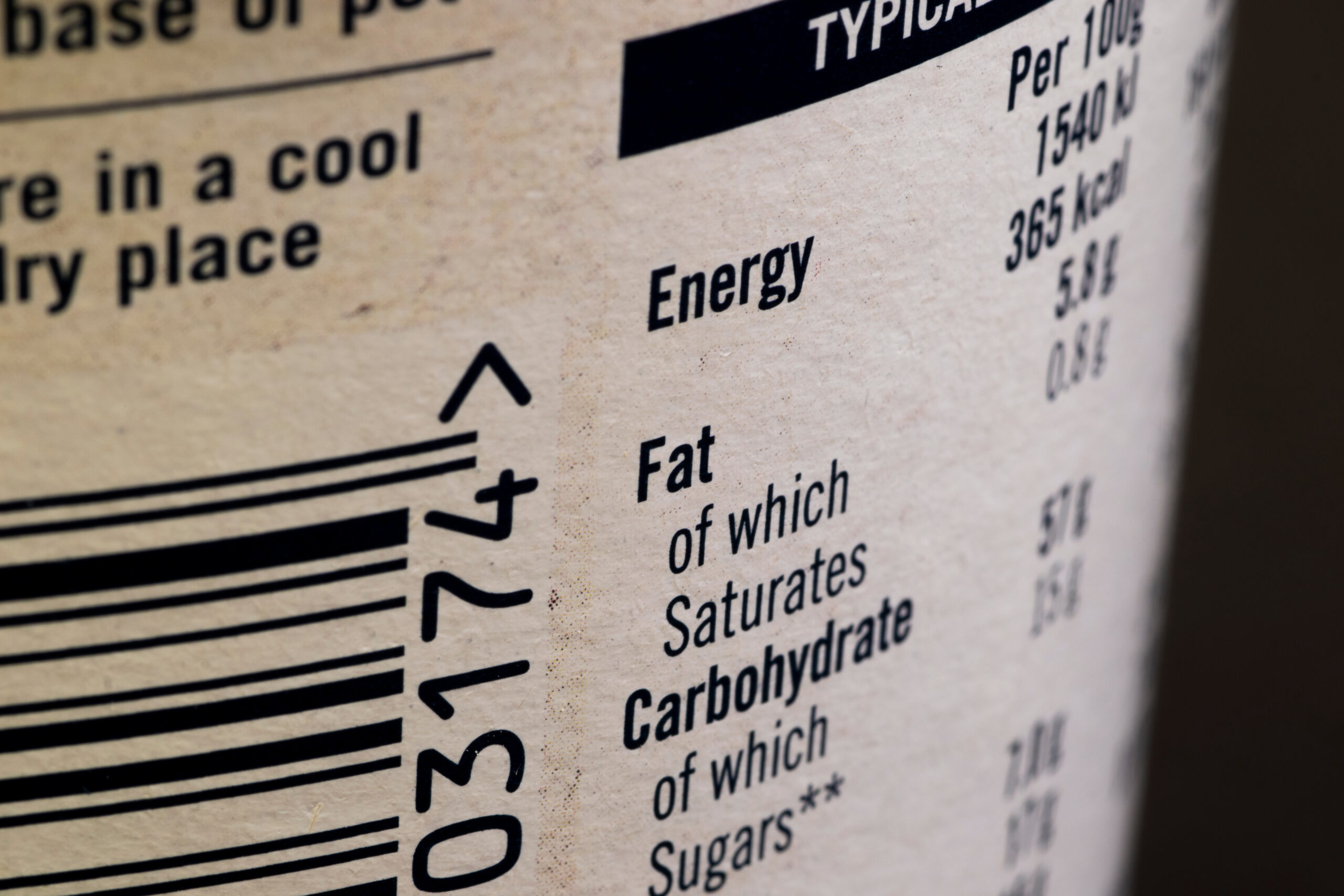The 2017 election has often been framed as a retreat from the centre for both parties, with Jeremy Corbyn shifting Labour to the left and Theresa May shifting the Conservatives to the right. Indeed, with 64% of 2015 UKIP voters that voted in 2017 voting Conservative, there was a clear electoral pressure for such a shift.
But is it true that Conservative voters became more right-wing under Theresa May? On economic issues, for instance, Conservatives under May saw a noticeable shift leftwards as she pursued a more interventionist approach compared to the Conservative party under David Cameron. Indeed, as Prime Minister, May outlined her determination to show “the good that government can do”.
To test the difference in some key attitudes of the typical Conservative voter under Cameron and May, we can analyse the panel data from the British Election Study, a long-running survey conducted by YouGov on behalf of a team of political scientists. Specifically, we can compare attitudinal data in May 2015 with May 2018 on three particular issues: welfare, the environment, and racial equality. Although these are only three issues, so we should be careful when interpreting attitudes towards them, stronger support for these issues tends to be identified as a more ‘left-wing’ viewpoint.
As Chart 1 shows, we can observe a clear shift amongst Conservatives on welfare. In 2015, 75% of Conservative voters thought that families on welfare received too much money, but in 2018 this has fallen to 57%. While Conservatives continue to have a negative view of how welfare is allocated, this attitude has greatly weakened.
As Chart 2 demonstrates, there’s a smaller, but pronounced shift towards believing that more measures need to be taken to protect the environment, with 38% wanting at least some degree of greater measures in 2018 in contrast with the 30% of Conservative voters in 2015.
Finally, as Chart 3 indicates, an increasing number of Conservatives believe that attempts to give equal opportunities to ethnic minorities have not gone far enough, with 18% expressing this sentiment in 2018, as opposed to 10% in 2015. Though this still remains a minority view amongst Conservative voters, there is a clear shift.
It is important to contextualise these shifts in the context of the wider electorate. For all three trends, the case is that the overall public opinion shifted in the same direction, signifying that all voters have become more concerned with the above three issues. What is interesting is that Conservative voters shifted their opinions along with the wider public despite now having a more traditionally right-wing electorate due to inflow of UKIP voters and defections from more liberal voters.
However, it is important to note that attitudes of voters are not static and they are influenced by a large set of factors, including the party they support. Though it is often assumed that politicians shift focus in response to voter’s demands, it is also the case that supporters take cues from the party on issues. Furthermore, this process can be self-reinforcing, making it difficult to establish a clear direction of causality.
Hence, it is important to consider the potential role of May’s Government in these shifts. Though welfare, environment and racial equality are traditionally seen as ‘left-wing’ priorities, the Government has increasingly focused on some of these topics in recent years. Most notably, a significant emphasis has been placed on a number of environmental issues, thanks in part to Bright Blue’s work, which has culminated with a new Draft Environment Bill last year.
Despite the influx of former UKIP voters, the evidence suggests that at least on a number of key issues, Conservative voters have become more concerned about traditionally ‘left-wing’ priorities. Though these changes are small, they still represent a significant shift in opinion.
Anvar Sarygulov is a Researcher at Bright Blue.








